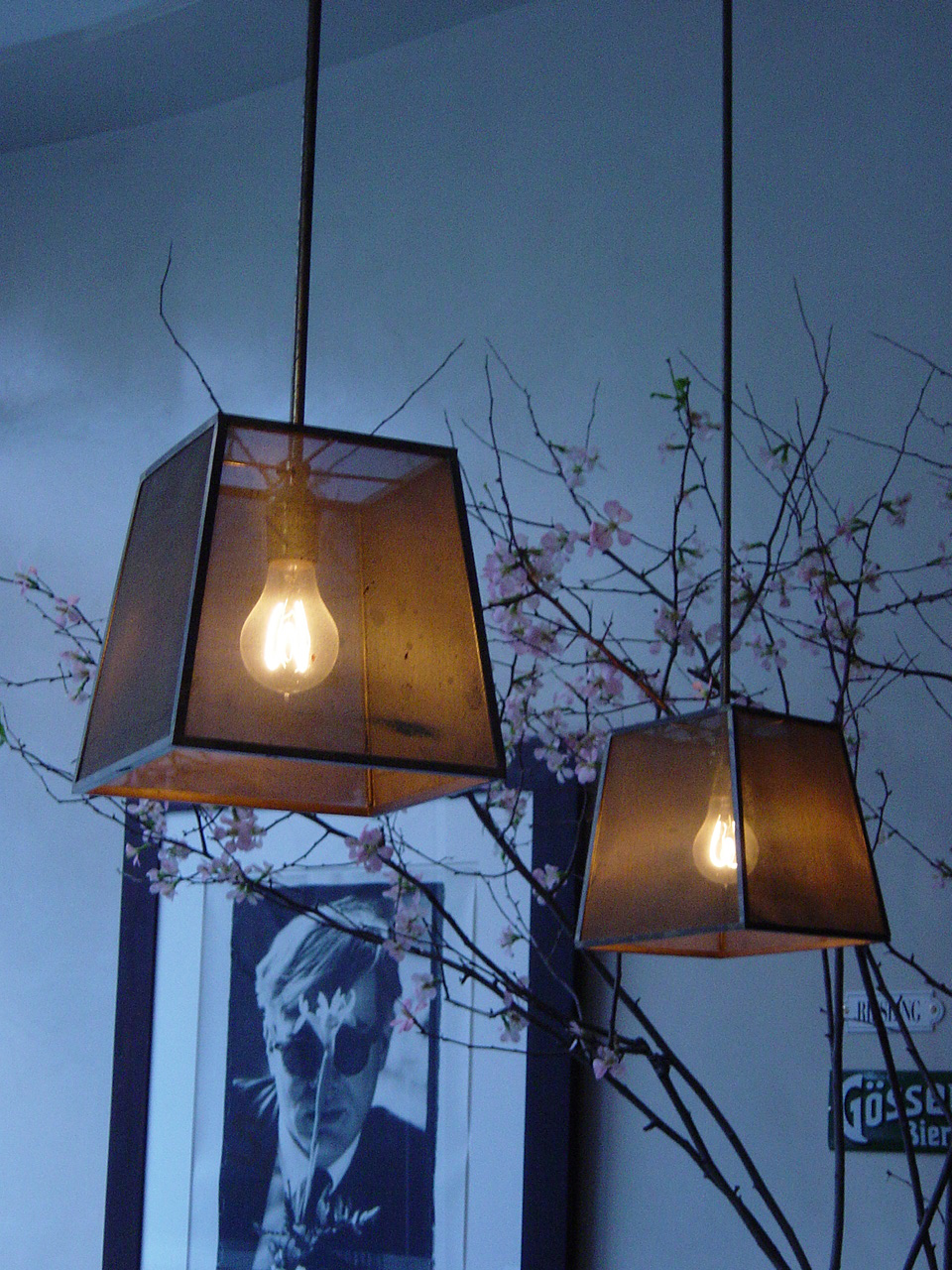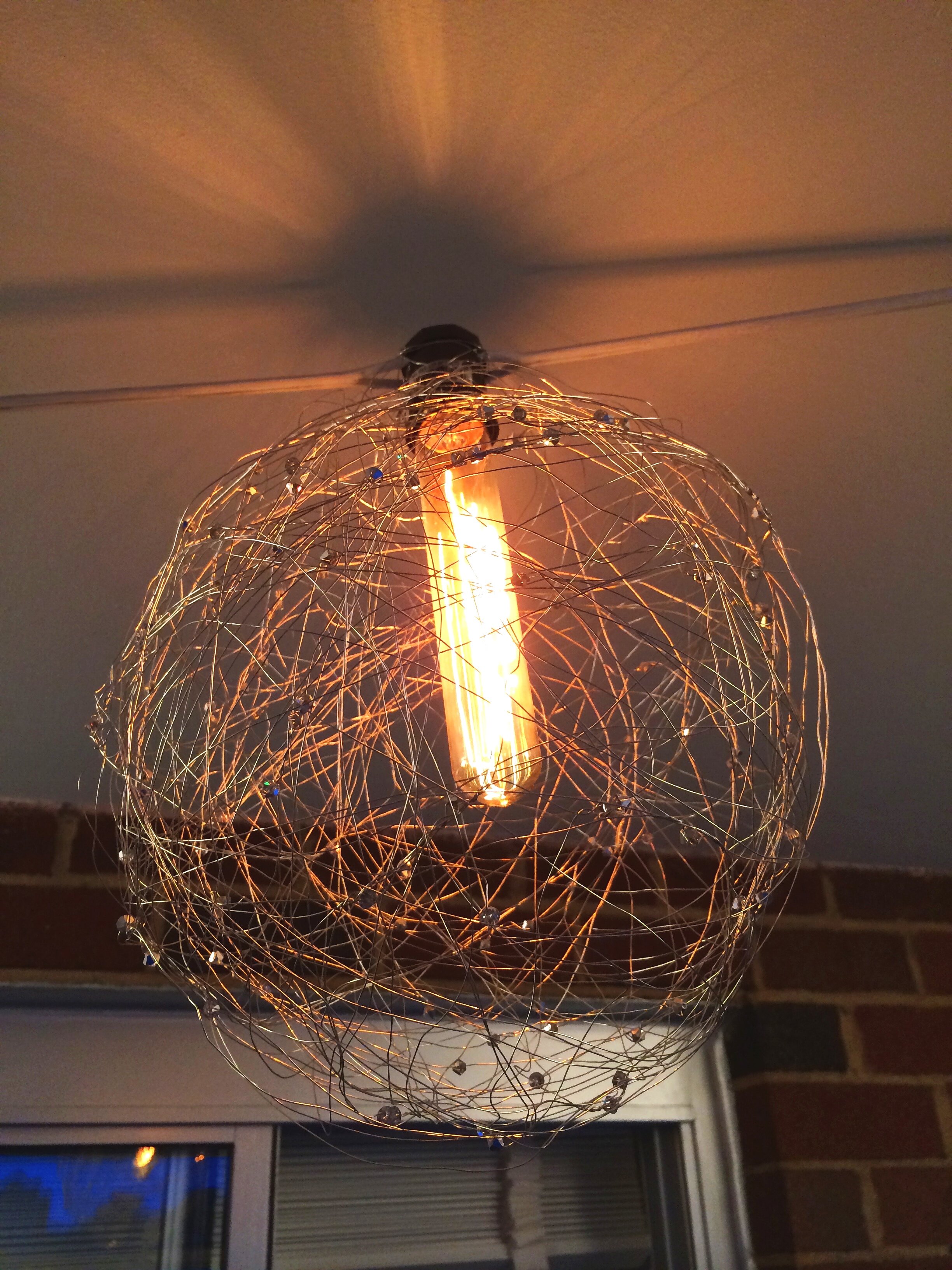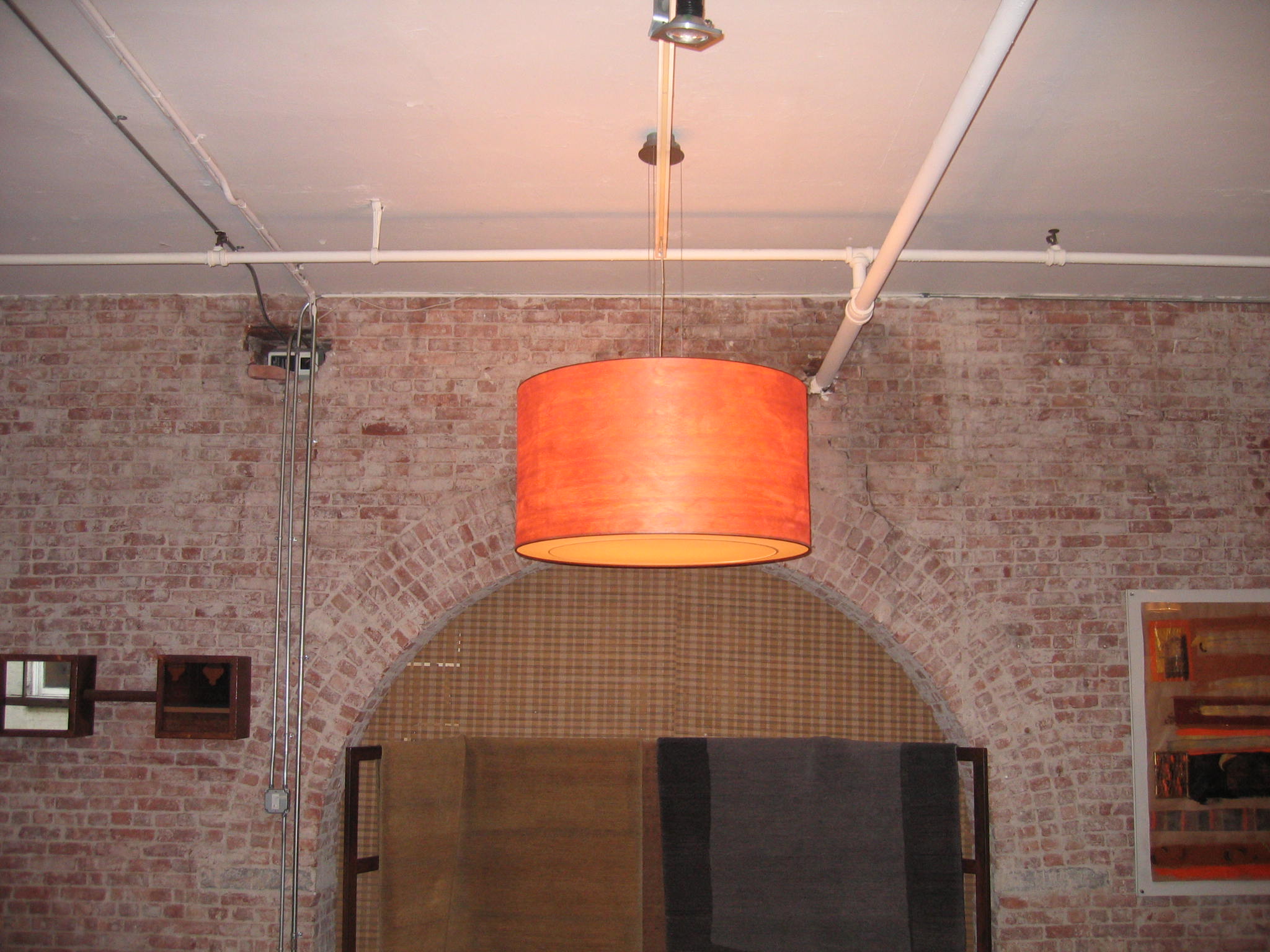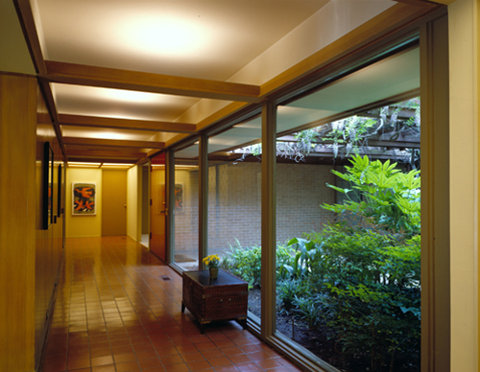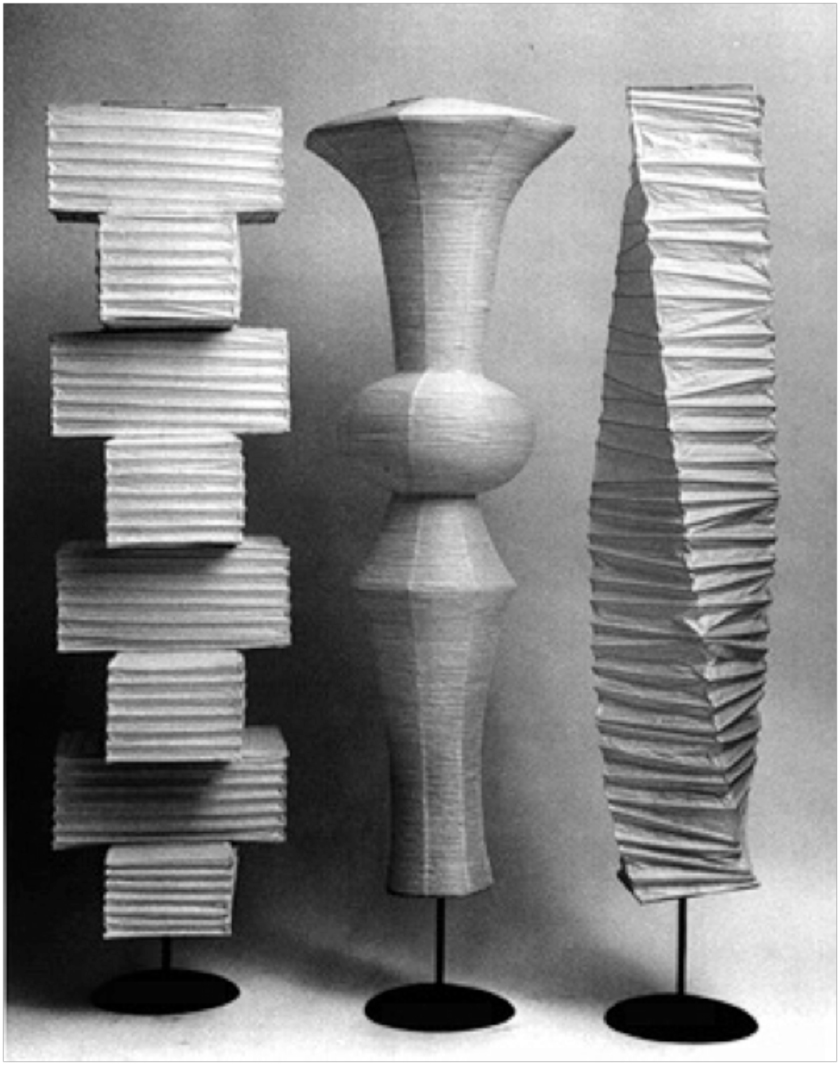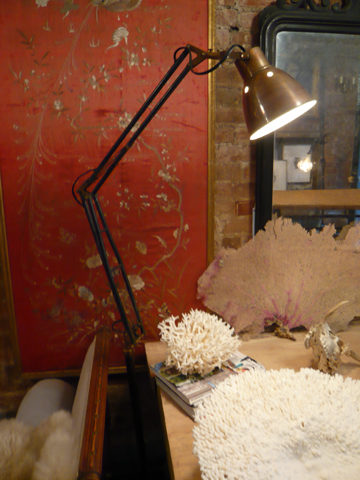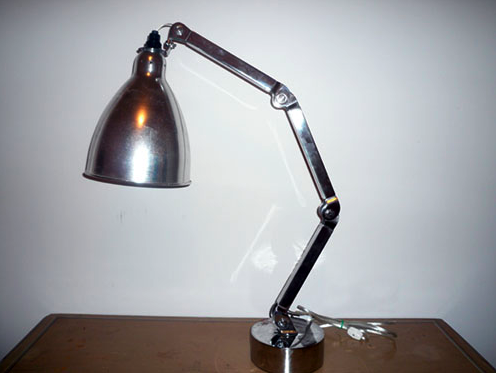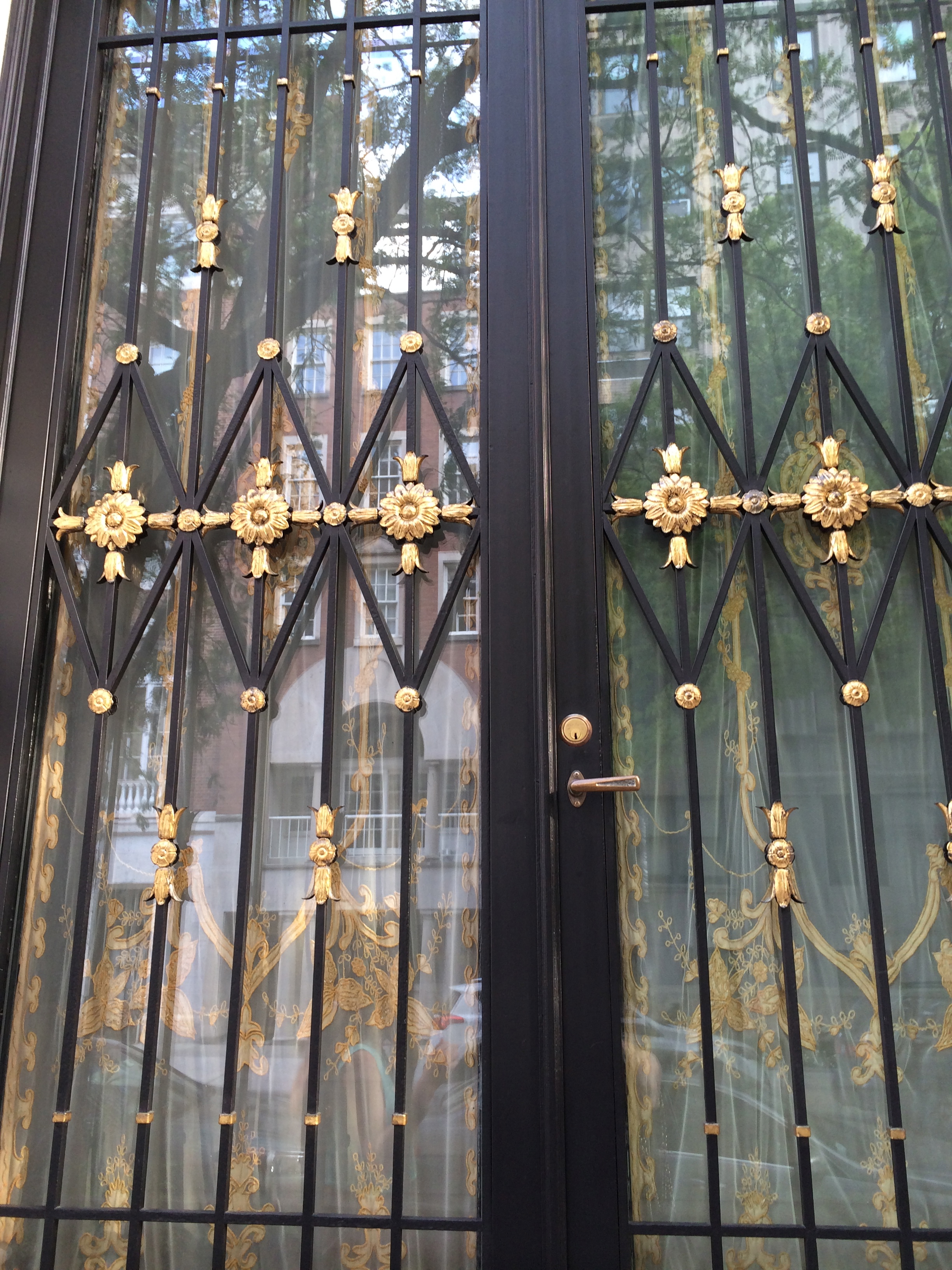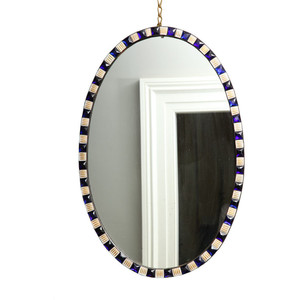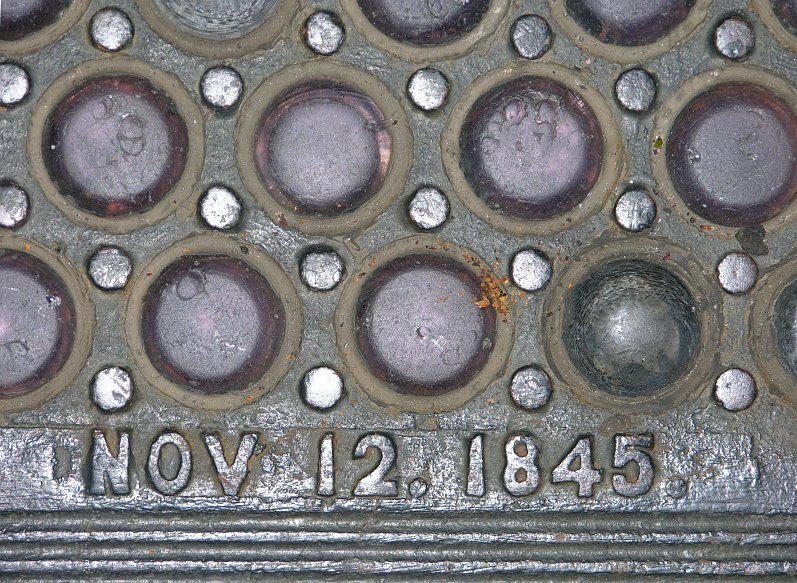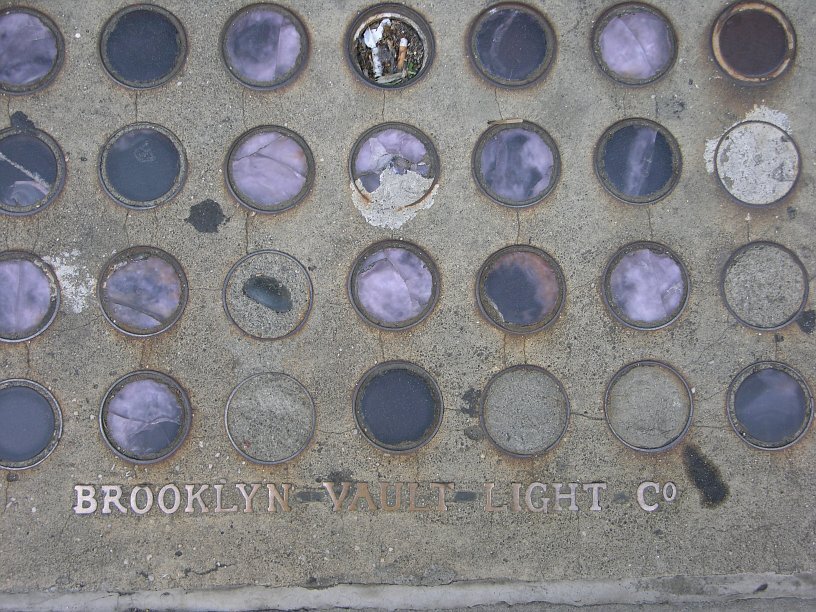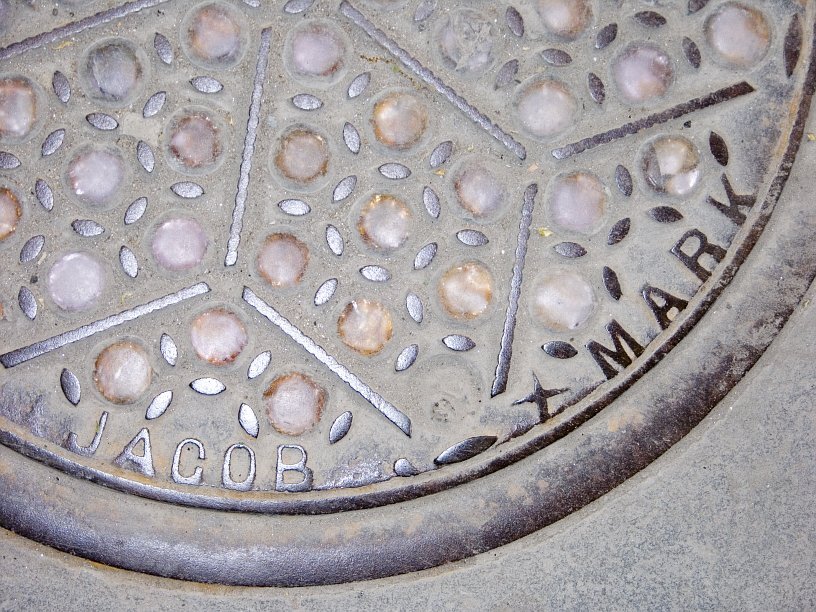


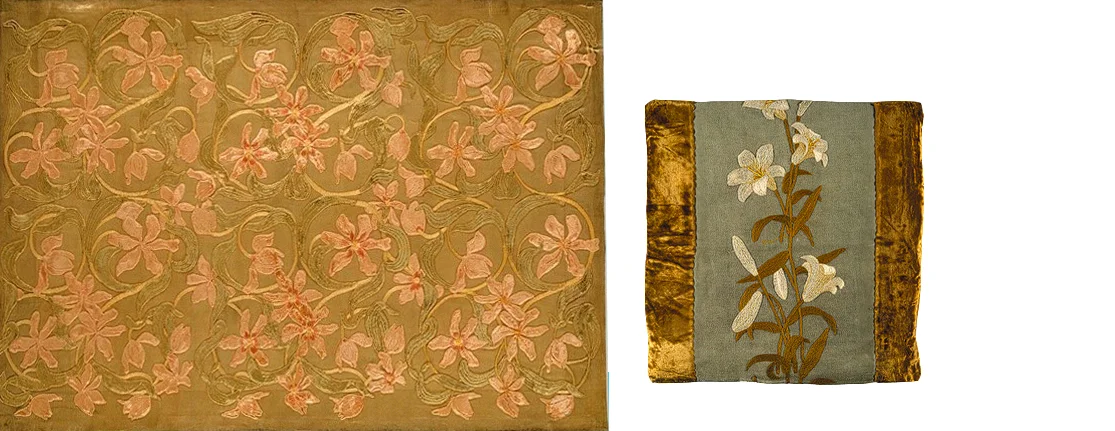



Brass Fixture a Brimfield flee market find
This BRASS FIXTURE with its silver coated bulb was a Brimfield flea market find. The up light casts its shadow on the ceiling. Going from plain-jane when off to luminous with the flip of a switch!
Brass Fixture a Brimfield flee market find
This BRASS FIXTURE with its silver coated bulb was a Brimfield flea market find. The up light casts its shadow on the ceiling. Going from plain-jane when off to luminous with the flip of a switch!
finding the right fix
Ceiling fixtures create ambient luminescence. It's that diffused lighting which is great for walk-through areas because it keeps an even light throughout the room. These are a few of my favorites I've spotted when walking thru a neighborhood, thumbing through a magazine or combing the internet - while the fixture at the far end I made for my terrace.
wood veneers ~ mesh ~ fabric ~ Moroccan lamps lend their unique magic to enhance the atmosphere.
A thin VENEER OF NATURAL WOOD illuminates CLODAGH Showroom.
floor lamps titlefloor lamps
floor lamps

Akari Noguchi paper lamps
AKARI is NOGUCHI’S brand of paper lamps. They have become classics and are made in a variety of shapes and sizes
Akari Noguchi paper lamps
AKARI is NOGUCHI’S brand of paper lamps. They have become classics and are made in a variety of shapes and sizes
Isamu Noguchi's FLOOR LAMPS are displayed like Kings and Queens (and we’re not talking about Brooklyn or that other borough, baby)
It is said that Noguchi took his inspiration for these paper lanterns from seeing the lanterns on the Nagara river illuminate night fishing. (Illumination ll before electricity)
Task lighting Retro fixtures
RETRO FIXTURES
Task lighting Retro fixtures
RETRO FIXTURES
FOCAL GLOW
“is the pool of light at your favorite reading chair, your airplane seat light…match light on a face.” Kelly goes on to say this kind of light play “separates the important from the unimportant, establishes precedence, can induce movement, control and direct traffic.”
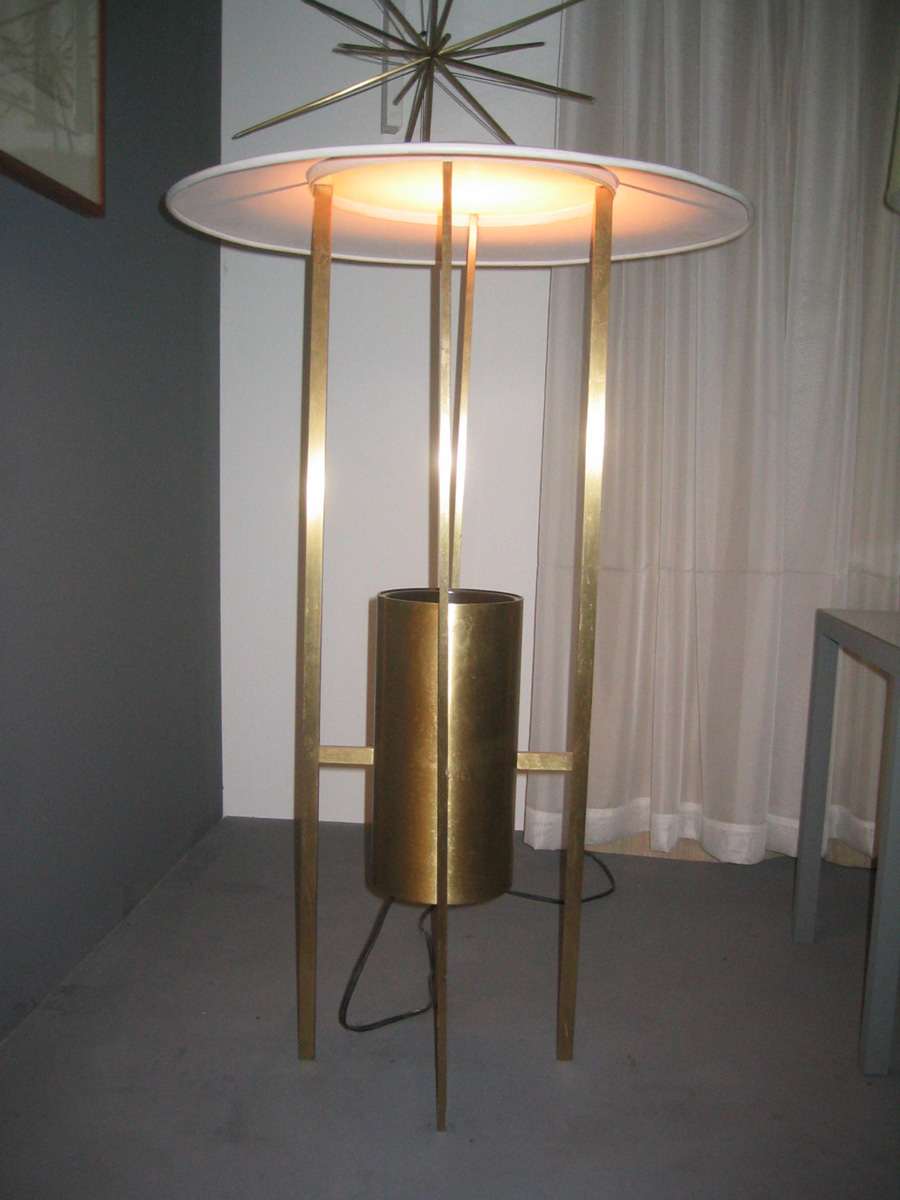
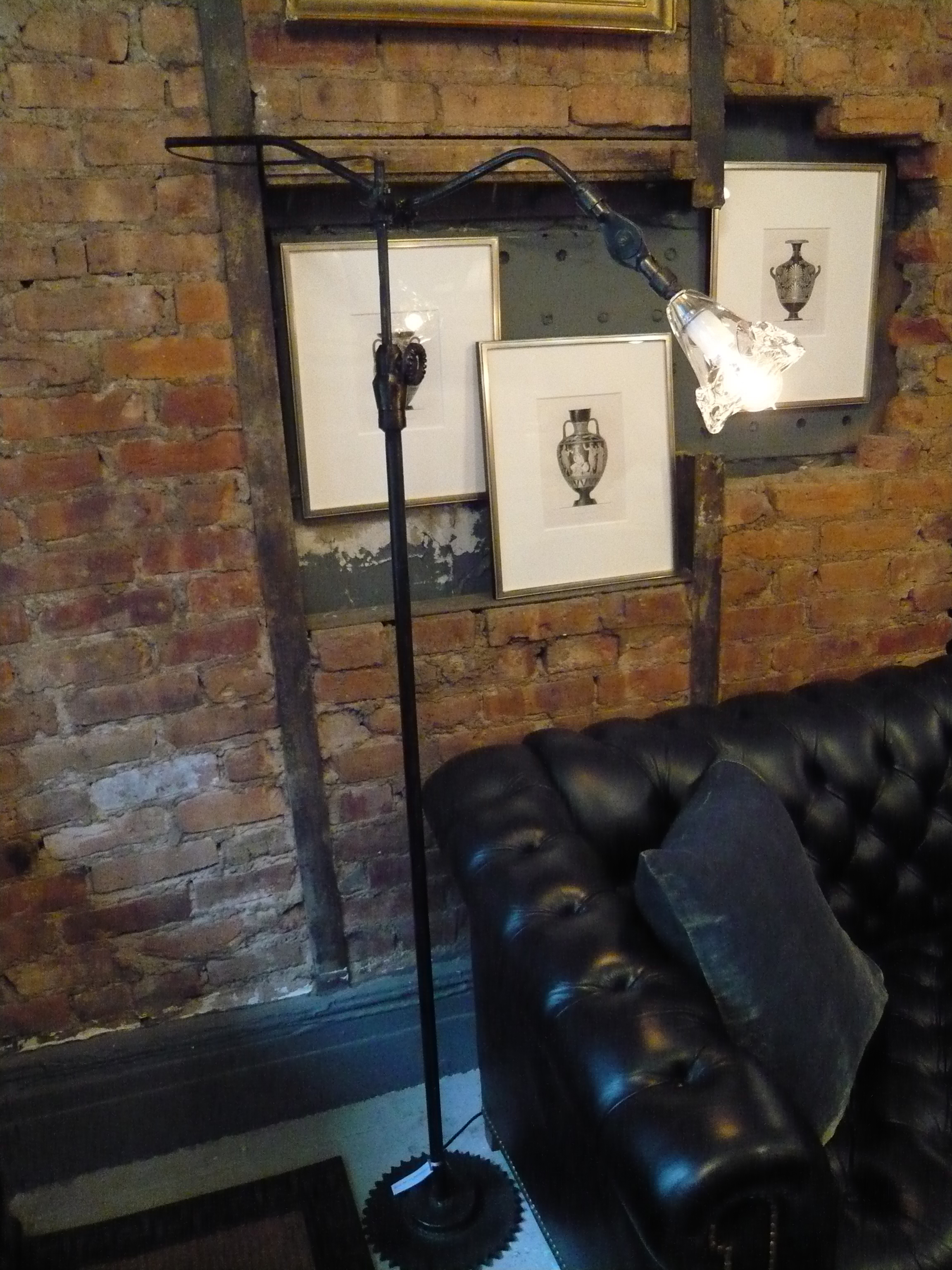
combining fixtures

Recessed side lights ~overhead lamps~reflective surfaces~candles
Recessed side lights and overhead lamps bounce the light off reflective surfaces. The glow from a candlecarries another dimension of light. These lights beckon for us to sit down, relax, unwind with a drink and some good conversation.
Recessed side lights ~overhead lamps~reflective surfaces~candles
Recessed side lights and overhead lamps bounce the light off reflective surfaces. The glow from a candlecarries another dimension of light. These lights beckon for us to sit down, relax, unwind with a drink and some good conversation.
Only one light fixture is rarely able to do all the work. When daylight illuminates the room from a window or skylight, we are able to bring in multiple sources of evening light. Here are the lighting features that give a room its glow.
Restaurant seating with up lights, a chandelier and candles build on each other to create a sense of atmosphere.
DOWN LIGHTING along with ACCENT COVE LIGHT + CEILING FIXTURES modulate the source of lighting in a kitchen to perform multiple tasks.
Nathan Bisson/Apartment Therapy
LIGHTS on either side of a bathroom mirror pleasingly illuminate the face. While having overhead lights behind the subject is nicer than only downlight in front of the person because downlight casts unbecoming shadows on the face. Sidelights (sconces) in the bathroom are flattering while uplight (candles) make the subject sitting at the table glow. That's why they are often placed on restaurant tables - creating a romantic mood.

SATIN, DAMASK, GOLD LAME, CRYSTALS or METALLIC PATTERNED WALLPAPER pick up the light
FABRICS and WALLPAPER
SATIN, DAMASK, GOLD LAME, CRYSTALS or METALLIC PATTERNED WALLPAPER pick up the light and send it back out into the room.
SATIN, DAMASK, GOLD LAME, CRYSTALS or METALLIC PATTERNED WALLPAPER pick up the light
FABRICS and WALLPAPER
SATIN, DAMASK, GOLD LAME, CRYSTALS or METALLIC PATTERNED WALLPAPER pick up the light and send it back out into the room.
layering
A doorway on the Upper East Side of Manhattan reveals GOLD LAMÉ CURTAINS behind the gold motif on the metal doors.
Brass and gold flower window curtains. Chelsea, NYC

glass knobs Olde Good Things, NYC
For that illuminating touch (lite-rally) Antique DOOR KNOBS of glass, metal, enamel showcased at Olde Good Things, NYC
glass knobs Olde Good Things, NYC
For that illuminating touch (lite-rally) Antique DOOR KNOBS of glass, metal, enamel showcased at Olde Good Things, NYC
badass glass
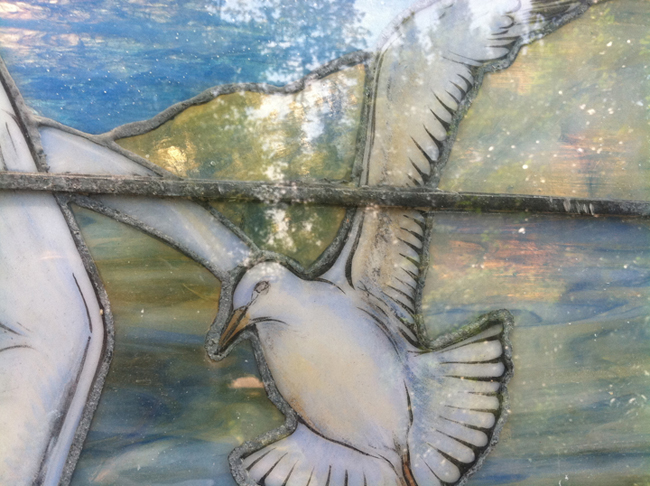
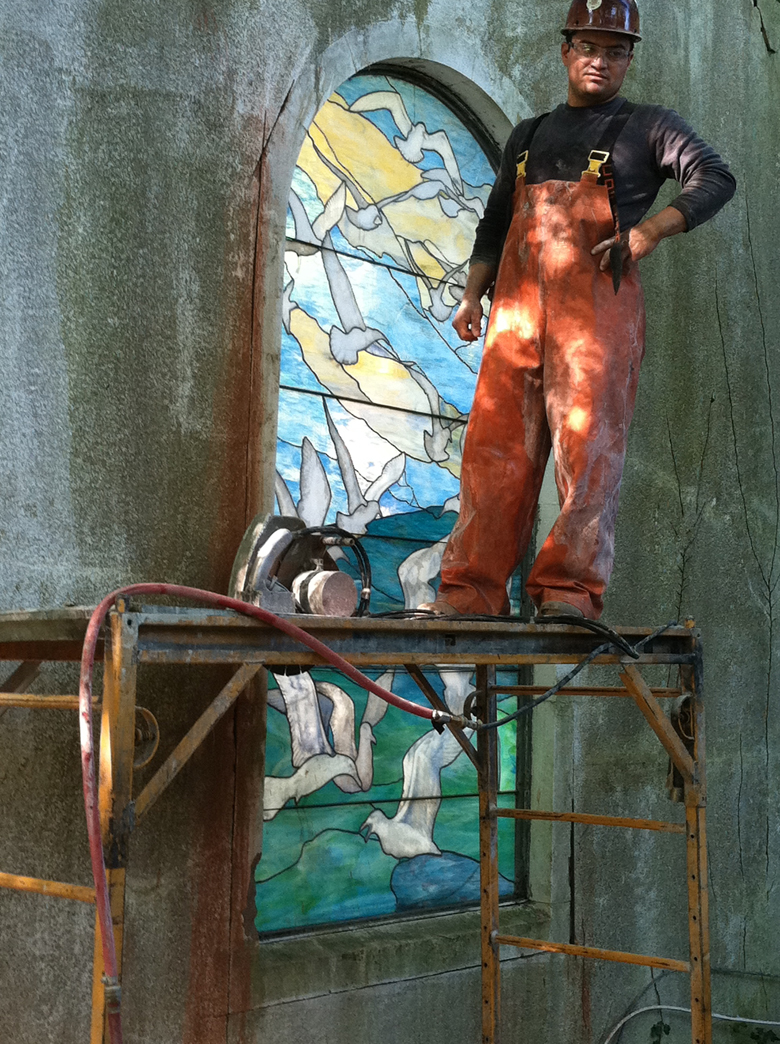

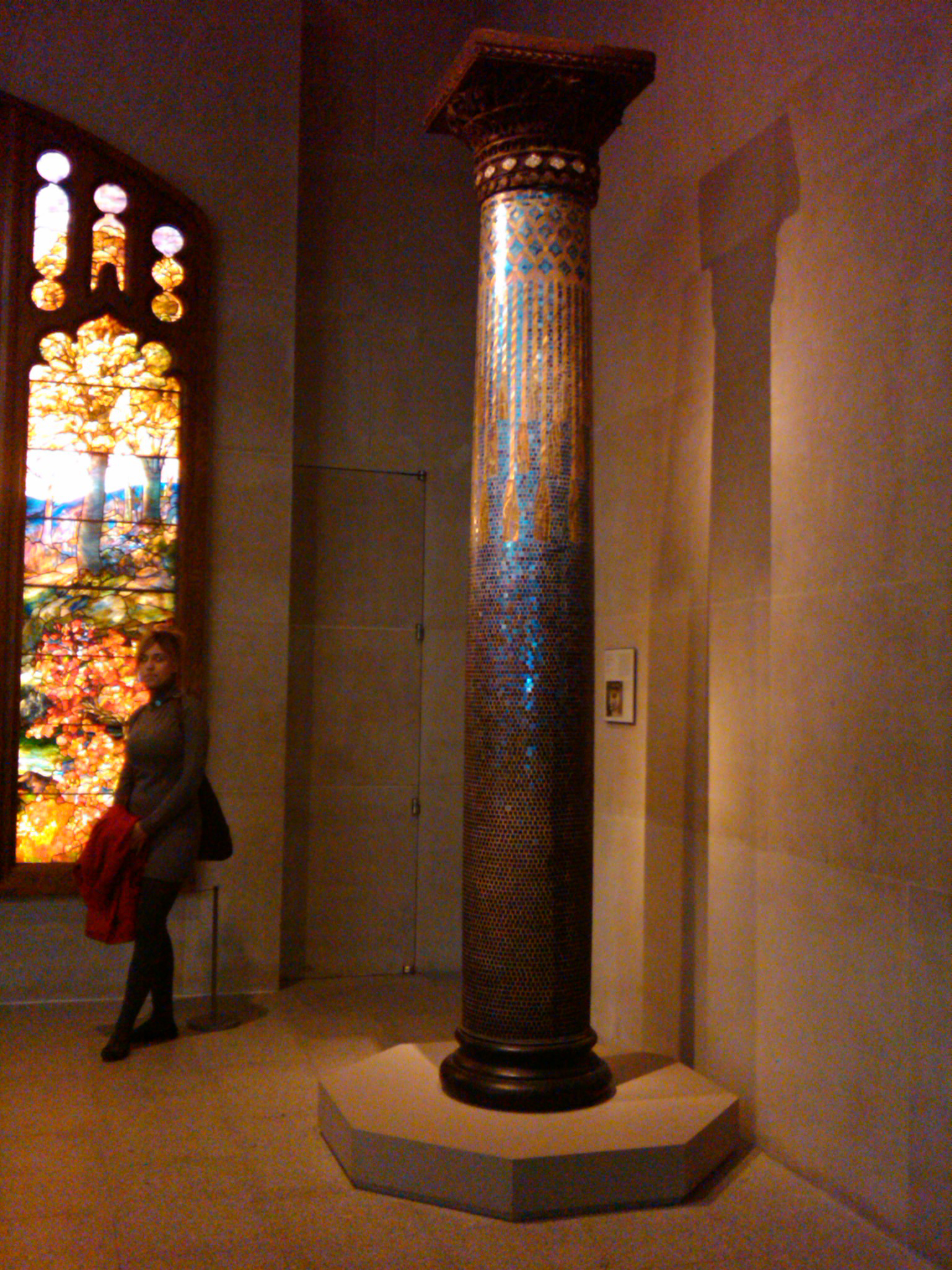
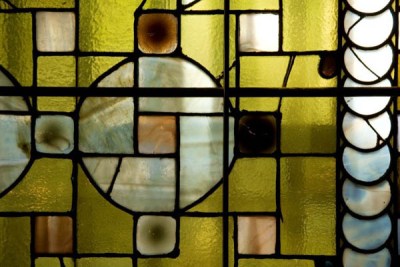
mirrors offer multiple perspectives
MIRRORS and MIRRORED FURNITURE multiply luminosity, giving us the illusion of an ever expanding space. And the way we slightly tilt a standing mirror - either up or down, left or right changes what we will see in its reflection.
Light travels through GLASS Metropolitan Museum, NYC

Purple Vault lights Soho, NY
Sidewalks served as a Skylit Ceiling to illuminate underground rooms
SoHo NY
Purple Vault lights Soho, NY
Sidewalks served as a Skylit Ceiling to illuminate underground rooms
SoHo NY
Electricity got introduced in the later part of the 19C. But before this new innovation, for light to penetrate the uber dark basements of the newly built 1850’s manufacturing lofts springing up all over lower Manhattan, a lighting solution was much needed.
This problem was solved ingeniously by a Philadelphia inventor in 1845. He was able to improve upon impractical earlier designs of vault lighting that featured a single fragile pane. Because basements didn’t end at the building line but instead extended all the way under the pedestrian sidewalk to the curb, he could use multiple small glass lenses that were flat at the top (street side) and convex on the bottom (basement side). These lights had the ability to disperse
the sun's rays into large open spaces. These rooms needed to be used as workshops and storage areas. Bubbled lenses set into iron grillwork became skylights on street level for below ground. They were durable enough to carry the weight of horse drawn carts unloading and loading goods on and off of their docks.
Vault lighting seen from below
Over time improvements such as using pendant shaped bubbles increased visibility with a prism-like cut refracting light to reach even further into these dark recessed vaults. Vault lights were of immense importance to manufacturers pumping out product in these otherwise unusable dark basements. Basements began to be exclusively lit inexpensively and without fear of fires erupting from oil and gas lamps.
What we see now as purple colored glass was originally clear glass but changed over time with exposure to UV rays when the manganese, added as a decolorizer, turning them into this beautiful color. These lights can still be found on many streets of lower Manhattan (Soho + Tribeca). And when the basement is illuminated at night, these glass bubbles bring a magical glow to an otherwise hauntingly dark street.
If you would like to read more about the origins of vault lighting, please have a look at Diffused Down Below

